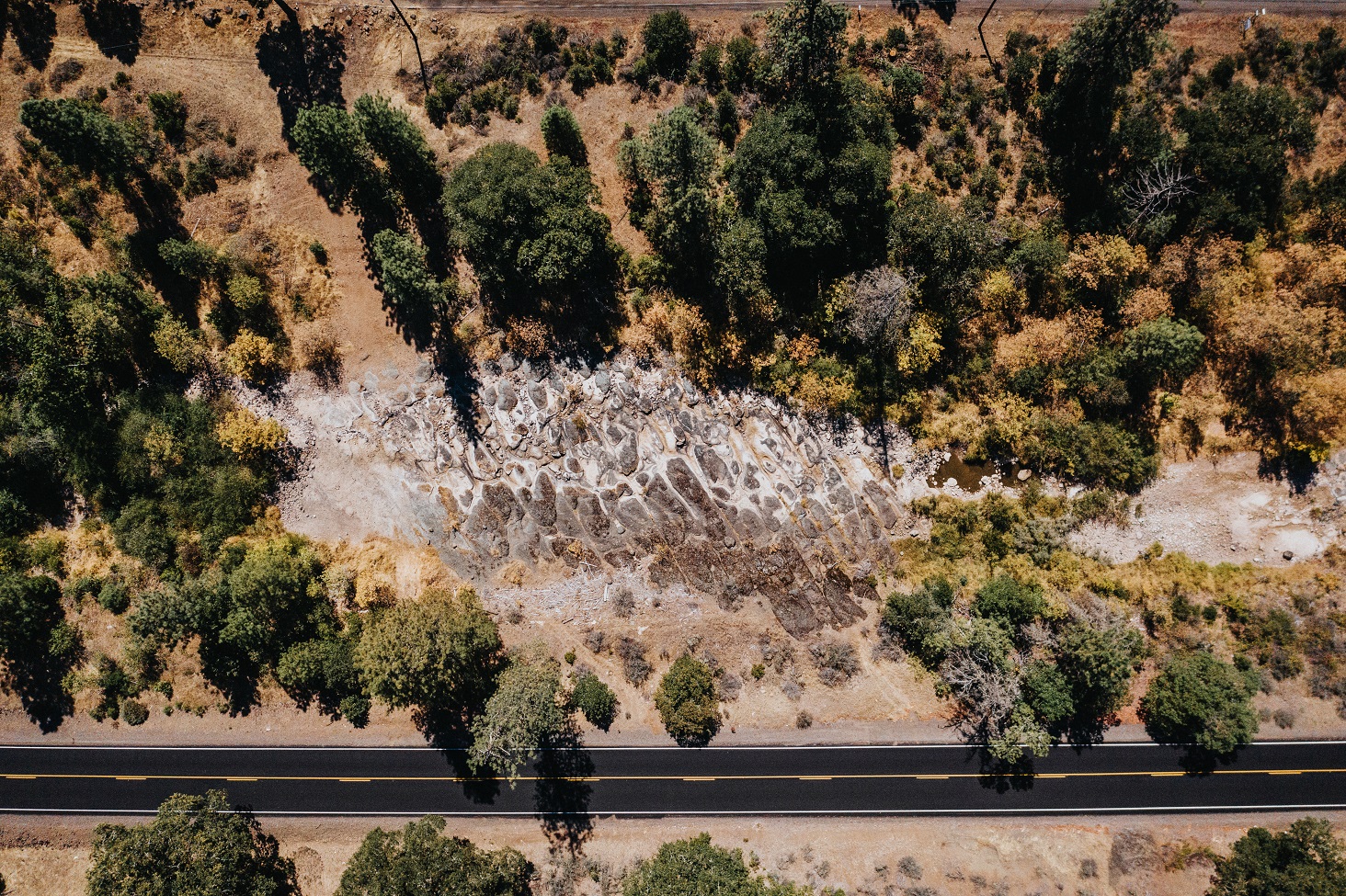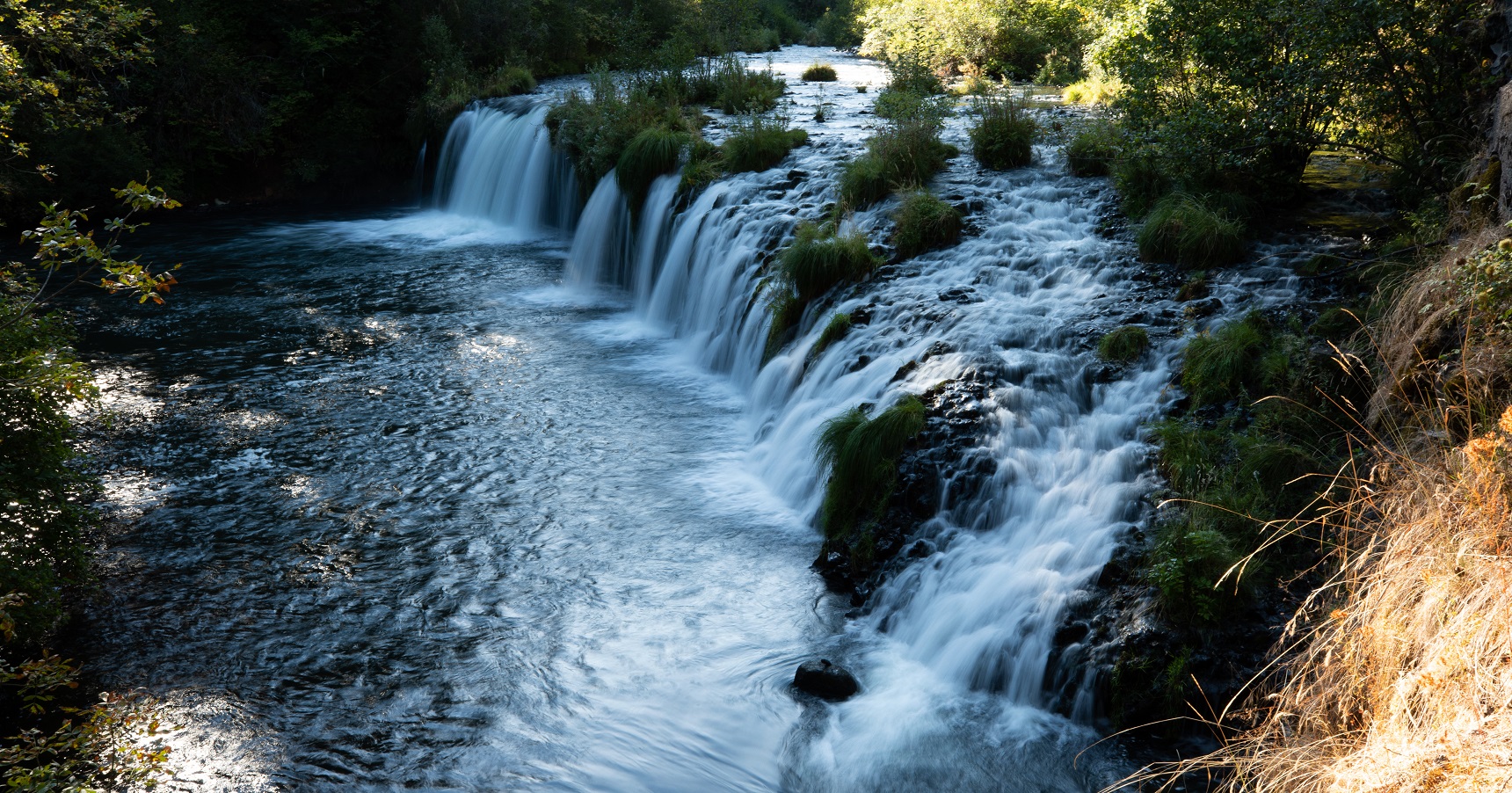Oregon’s 19th century water rights system long prioritized water withdrawals over the value of flowing rivers. With many streams now running dry, reforms are critical for salmon.
The water that feeds Oregon’s creeks, streams, and rivers is one of the state’s most precious assets, sustaining towns and industries, fish and wildlife.
This resource must have felt inexhaustible to the settlers who arrived in the mid-1800s. These settlers allocated water rights on a first-come, first-served basis, creating a system that is still largely in place today. Under Oregon’s “prior appropriation” system, senior users—those with the oldest water rights—can divert water to suit their needs without considering more junior users, or even the rivers and species that rely on them.
Oregon’s water rights system was built for a different time. Today’s challenges need 21st century solutions that reflect the needs of ALL water users. Wild Salmon Center’s Oregon Water Initiative was launched in 2020 to focus on adapting this system for a changing world, while addressing the growing threats to Oregon’s streams and the salmon strongholds they support.
Streamflow and Wild Salmon

Did you know? In most Oregon streams, allocated water rights far exceed natural water flow. This imbalance is particularly acute in warmer months, when water demand peaks and stream flows are lowest.
From summer through fall, many Oregon streams run low—even dry—right as juvenile salmon seek cold water refuge and adults return to their home waters to spawn. Science has shown that low streamflow is one of the biggest barriers to recovering some of Oregon’s most vulnerable salmon runs.
Climate change is further testing this outdated system. Across Oregon, summers are trending hotter and drier, while winter precipitation is more likely to fall as rain instead of snow. Even the soggy watersheds of the western Cascades face critical water shortages in drought years, which now occur with far greater frequency and intensity than at the advent of Oregon’s water rights system.
Solutions for ALL Water Users
Wild Salmon Center’s Oregon Water Initiative is focused on improving Oregon’s water rights system and finding solutions that make sense for all water users—especially the state’s prized wild salmon. This work is critical, given the accelerating impacts of climate change on vulnerable salmon runs and the water needs of communities.
WSC’s Oregon Water Initiative aims to:
– Work with legislators to enhance streamflow protections under Oregon law
– Expand options for water users to improve water conservation and restore streamflow
– Increase funding and capacity of the state agencies stewarding Oregon’s water resources
– Facilitate measurement and reporting of water withdrawals from priority salmon streams
– Support research and monitoring that advances understanding of the water needs of Oregon salmonids
– Partner with local groups to advocate for and implement streamflow restoration priorities
– Elevate conservation and recreation voices in state and regional water use conversations
– Support recognition of Tribal water rights and issuance of new instream water rights
– Create space for historically underserved and underrepresented groups to engage in water planning processes
The Oregon Water Initiative builds on Wild Salmon Center’s decades-long campaigns to protect and restore Oregon’s salmon strongholds, working to ensure that these world-class streams flow cold and deep for generations to come.
Interested in learning more? Contact Wild Salmon Center Water Policy Program Manager Caylin Barter. (Read more about Caylin here.)
Oregon Water Partnership
We get more done when we work together. Oregon Water Partnership is seven statewide conservation groups that have joined forces to tackle Oregon’s toughest water challenges. We share a common goal: to win balanced water policies that ensure abundant cold clean water to sustain our communities, livelihoods, and ecosystems. In 2022, we helped secure a $25.6 million, first-of-its-kind state investment in programs and projects that enhance the drought resilience of Oregon’s aquatic ecosystems. In 2023, we shaped a $174 million investment in our state’s water security, and passed bills that restore streamflows and increase data collection. In 2024, we helped secure $1 million for grants to upgrade failing household wells, plus critical funds to support Klamath River fish reintroduction following the largest dam-removal project in the world. Now, we fight together to brighten Oregon’s water future: by bringing state water data into the 21st century, supporting smart water management, and protecting and restoring our life-sustaining freshwater supply. (Want to learn more? View our priorities.)
The Partnership:
Environmental Defense Fund
Oregon Environmental Council
Sustainable Northwest
The Nature Conservancy in Oregon
Trout Unlimited
WaterWatch of Oregon
Wild Salmon Center
